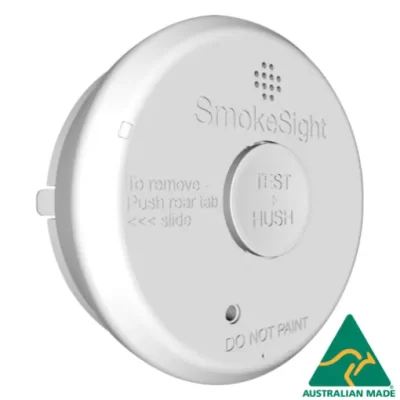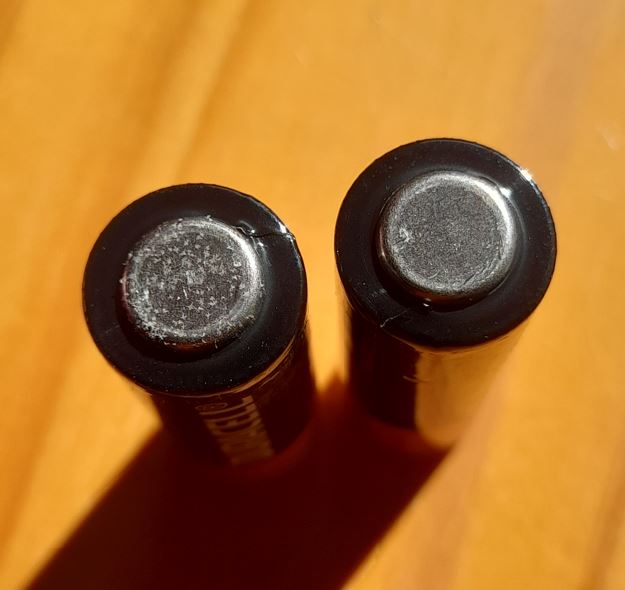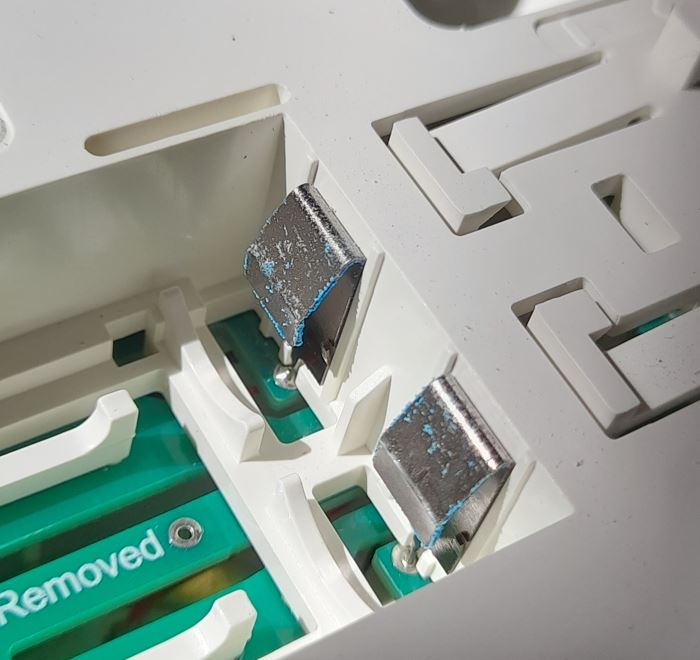Smoke Alarms
Why is my smoke alarm beeping?
So, your smoke alarm is beeping. A chirping smoke detector is so annoying!
You know it’s not an emergency alarm because it’s not loud and is intermittent or only occurs every few minutes. That means it’s just a warning that there is something wrong with the alarm.
How do I stop my smoke alarm beeping?
Simple, identify the cause and fix it. But it’s the middle of the night and I just want to get back to sleep.
Some convenient smoke alarms like SmokeSight can be silenced for 8 hours by simply tapping the Test + Hush button. That way you can investigate the cause of the problem in the morning.
What causes my smoke detector to chirp?
There are two main reasons why your smoke alarm is beeping:
- Low battery alert (SmokeSight 1 chirp every 45 seconds OR 4 chirps every 5 minutes)
- Smoke sensor fault (SmokeSight 3 chirps every 45 seconds)
There may be other reasons depending on the number of features that your smoke alarms incorporate. For example some safer smoke alarms like SmokeSight alert you when there is a wireless network fault or when their AutoTest has failed.
In most cases you will need to read the manufacturer’s user manual to determine the exact cause.
Low battery alert
Your home is normally at its coldest in the early hours of the morning. Dropping temperature causes a decline in battery performance. So that’s why low battery alerts seem to always initiate when you are sleeping. Now that’s annoying!
Some considerate alarms like SmokeSight protect against early morning, low battery alerts.
But you are probably reading this because your smoke alarm is beeping now. So just remove your smoke alarm from the ceiling and replace the batteries and you are good to go.
Not so fast, read on…
Smoke alarm removal
Removing your smoke alarm from the ceiling can be tricky as they are all different. It can involve operating a release button, twisting, sliding or pulling down your smoke alarm. This removal complexity often results in damage to smoke alarms. Particularly when beeping happens late at night and wakes sleeping people.
Some helpful alarms like SmokeSight have removal instructions printed on the face of the alarm. This reduces the risk of smoke alarm damage by occupants not familiar with smoke alarm maintenance eg tenants.

Dead batteries
A dedicated battery testing device, not a multimeter, is the only real way of testing whether batteries are depleted. The device applies an electrical load to the battery during testing. Not many people own a battery tester. For this reason batteries are normally replaced and battery testing is rarely performed.
But before you just replace the batteries you may have battery terminal connection problems so read on…
Alkaline battery leaks
Sometimes alkaline batteries leak causing premature battery failure and / or battery connection problems.
The leak or gassing is in fact hydrogen and potassium hydroxide (KOH) which corrodes the battery terminals and connections and causes a build-up of potassium carbonate (K2CO3) powder. The powder is white in colour, is corrosive (alkaline / high pH) and is electrically resistive. The resistive powder can make new batteries look electrically like old batteries to your smoke alarm. In these cases the connections need to be cleaned with a dilute acid eg white vinegar or lemon juice before battery replacement.
Battery connections can be protected against future leaking batteries by a thin coating of Vaseline or better still, lanolin.


Smoke sensor fault
Some smoke alarms automatically test their internal photoelectric sensor on a regular basis. During the test a “no smoke” baseline reading is expected. If the reading is below the baseline value, failure of the sensor is assumed. A failed sensor will not detect smoke in the event of a fire so a beeping alert is initiated.
For most alarms, there is little that you can do to fix this fault so alarm replacement is the normal fix.
Some intelligent alarms like SmokeSight incorporate a moving “no smoke” baseline. The baseline increases very slowly over time to accommodate the long term build-up of dust inside the photoelectric sensor. If dust suddenly moves or is removed by airflow it causes the self-test reading to drop below the elevated for dust, adjusted baseline. As such it can be interpreted as a failed sensor and initiates a beeping alert.
So in the case of a SmokeSight alarm reporting a smoke sensor fault, try resetting the smoke alarm “no smoke” baseline. Simply remove the batteries, wait 30 seconds and replace the batteries.
Summary
Smoke alarm beeping is really frustrating especially if it is in the middle of the night or early morning.
Ceiling removal can be difficult and too often leads to broken smoke alarm.
The cause of beeping is often low batteries or a sensor fault. But don’t just replace the batteries or your smoke alarm. You may need to clean the battery terminals and / or just reboot your alarm.

